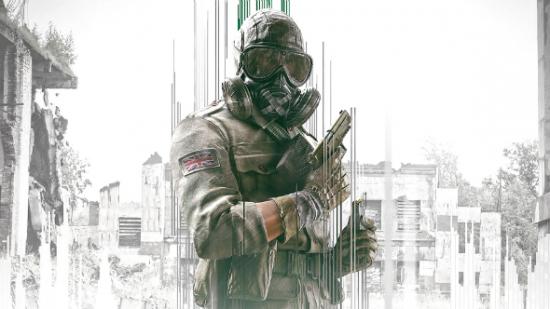“The thing that is sad for me, is that we could have done this in a huge venue with 5,000 people,” Bertrand Chaverot, managing director for Ubisoft Brazil, reflects. In the wake of the Rainbow Six Pro League Season 3 Finals in São Paulo his claim seems more than plausible; the muggy, 1,000 seat venue was pulsating. Two years in, Rainbow Six Siege and its Pro League are on an upward trajectory that is getting steeper and steeper with each new season.
Did you miss the show? Check out our report of the São Paulo Season 3 Finals.
Ubisoft have big plans for their flagship esport title, plans they set in motion this year with the introduction of two new regions to Rainbow Six Pro League: Latin America at the start of the year and Asia-Pacific for the Year 2 Season 3 Finals. It is clear that Ubisoft are looking to take Rainbow Six Siege worldwide. From bedding in and expanding recently opened territories, to creating local competitions and exploring new regions, here is how they plan to make Siege popular across the globe…
The Rainbow Six Siege phenomenon in Brazil
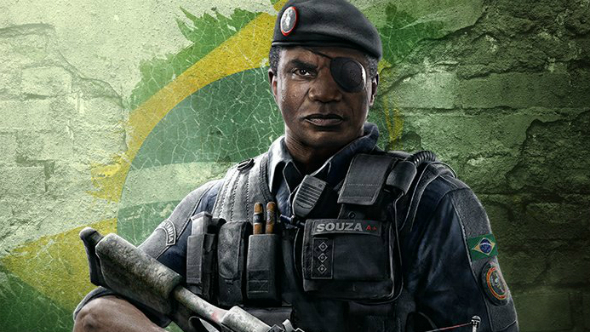
It all started in 2007 with release of Tropa de Elite, a Brazilian-made thriller about a BOPE operation to eliminate a network of drug dealers ahead of the Pope’s visit to Rio de Janeiro in 1997. The movie was so popular that it became a bestseller three months ahead of its official release as bootlegged copies of the director’s third cut flooded every major city in the country – estimates concluded that three million people saw the film illegally, which is 600,000 more than attended its theatrical run. Not that it mattered: Tropa de Elite was still the biggest box-office hit in Brazil that year.
Brazil loves the BOPE. It’s no coincidence that competitive, cheap first-person shooters are also very popular across the country, so when Rainbow Six Siege released two BOPE operators and a map set in a favela the success of the game in Brazil was all but guaranteed.
“Rainbow Six Siege is the first esport title we have launched in Brazil and the expectation was to get around 100,000 to 200,000 players,” Chaverot says. “Previously, our biggest title was Assassin’s Creed and usually we sell around 300,000 units – to give you a benchmark – as of today we have reached 1.2 million players in Brazil for Rainbow Six Siege. This is amazing, it is totally above the curve.”
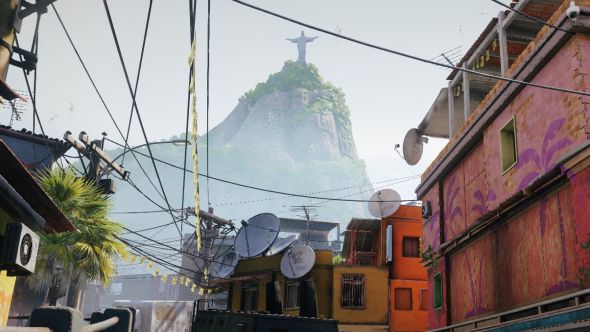
That enormous audience translates to a broad pool of players to draw from when it comes to building a competitive scene, but Chaverot says that player numbers are not enough on their own. “We invested heavily in Brazil. We put some money into seeding teams and the transportation, and then into creating local competition – we have the Pro League in Brazil, but we have also created the Brasileirão [league] for Rainbow Six, which is great for the smaller teams who want to compete at the professional level but who do not have a lot of money. I think that helped emerge some new teams.”
The result is plain to see at the São Paulo Season 3 Finals – a Brazilian team in the grand final and over 1,000 chanting fans doing their best to emulate the thundering roar of the iconic Maracanã stadium.
However, the LATAM region is more than one country, and so Ubisoft have plans to spread that fandom to the rest of South America. “Next we will tackle Mexico and Argentina. Mexico is big also: Brazil is 200 million people, Mexico is roughly half of that. And Argentina is 42 million, the size of Spain,” Chaverot tells us. “Infrastructure and population are hugely important for finding a competitive gaming audience, but Chaverot also views culture as a crucial factor. “The level of education and infrastructure is a bit higher in Argentina than in Mexico, so we think that in the future we should have some good teams coming from both countries: Mexico for the size and Argentina for the quality of the infrastructure. Esports are going to be big in Argentina: they like soccer, they like competition, they like to joke with their friends.”
Introducing APAC
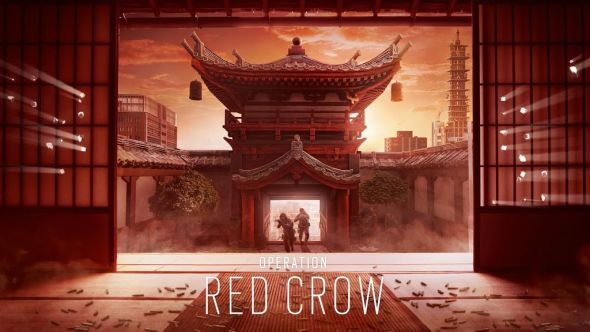
Newer still to Rainbow Six Pro League is the Asia-Pacific region that spans all of Asia as well as Oceania. Teams from South Korea and Japan represented the region at their first Pro League season finals after knocking out teams with players from Singapore, Australia, New Zealand, Vietnam, Malaysia, Macau, and Taiwan to claim a qualifying spot. Whereas the LATAM region is represented almost entirely by Brazilian players, APAC is a much better example of Siege’s worldwide esports audience.
Diversity is vital for Rainbow Six Siege, which favours tactical prowess over mechanical skill. Each map in the competitive pool is huge and can be torn to pieces, reinforced, and traversed in hundreds of ways. Two years of competitive play have yet to stagnate the meta for either attackers or defenders. Ubisoft esports director François Xavier attributes this to a constant tide of new teams. “The introduction of APAC and LATAM teams are really important as they are bringing new tactics and strategies to the game,” Xavier says.
Both APAC teams at the São Paulo Season 3 Finals – mantis FPS from South Korea and eINs from Japan – fell to swift defeats in the quarter-finals, but there was promise in the region’s first international outing. For mantis FPS, their first hurdle on the path to the grand final was reigning world champions PENTA Sports. Unsurprisingly, PENTA Sports won, but mantis FPS took every round to the wire and even claimed a few for themselves, which is more than most expected.
“I think APAC did worse, but for an obvious reason,” PENTA Sports player Pengu says, comparing the first Pro League finals performances of LATAM and APAC. “When LATAM was introduced in Pro League, they had had their own scene for almost a year that was actually bigger than regular Pro League. They had a lot of expectation and experience, and they had played on LAN before. mantis FPS and eINs were both first time international teams, so you cannot expect too much from them because of sheer inexperience,” Pengu tells us.
Grassroots esports
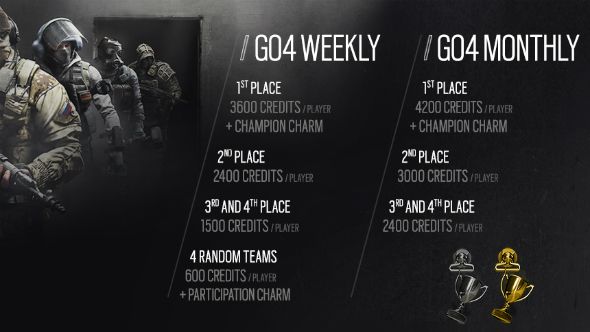
Opening up new regions comes at a cost, one that Pengu alluded to when discussing APAC’s lack of experience compared to LATAM: regions need their own scene before they can compete at an international level.
“What is important in this coming year is to build the local scene,” Xavier reflects, “we have the global tournament and that is great, but as an esport title we need to produce a local tournament on every territory. In APAC, we will continue to try and reach new territories across Asia.”
Ubisoft have found tremendous success across Europe by creating smaller tournaments for specific regions and countries. Nordic championships, Benelux cups, and a weekly Go4R6 tournament provide a clear route for aspiring squads who hope to qualify for Pro League.
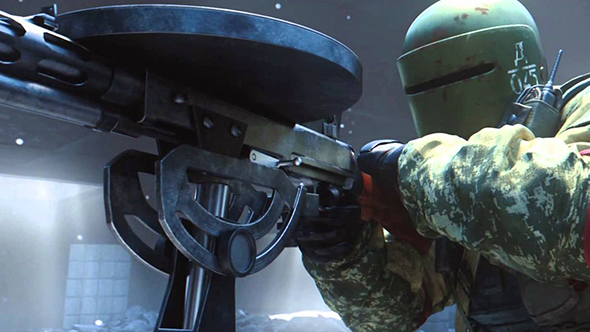
“Around the world we have our local championships, Go4R6,” Xavier explains. “This is to build local communities, help them to grow, and at one point, to introduce them to Pro League. This is something we will focus on more and more, particularly in APAC.”
For Chaverot, the booming Brazilian scene and competitive seedlings in Argentina and Mexico are only part of the picture. “My dream is to create a champions league for Latin America,” Chaverot says. “Pro League is worldwide, but I think we need an intermediary level – we have the Brasileirão at the national level and Pro League for worldwide level, but we need a LATAM championship.”
New territory: Africa
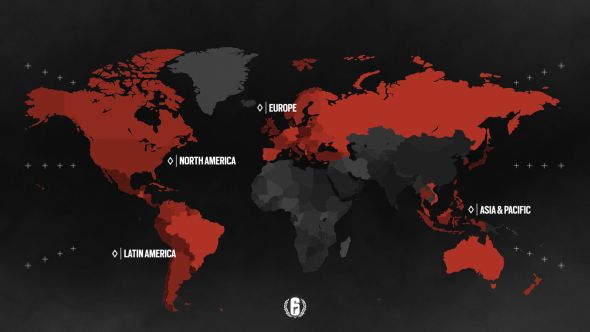
Rainbow Six Pro League might have touched base on the four corners of the globe, but there is one glaring omission: Africa.
Africa has been overlooked by major publishers time and time again, especially when it comes to esports. Groups like Anubis Gaming have opted to create a domestic competitive scene rather than try to qualify for international tournaments, battling against terrible ping due to a lack of servers in Africa.
Ubisoft have set their sights on the continent though, employing the lessons they have learnt from expanding into Latin America and Asia-Pacific in an effort to kindle the region’s modest Rainbow Six Siege community. “North Africa felt very logical,” Rainbow Six Siege brand director Alexandre Remy tells us. “The Rainbow Six Siege community there is very, very small for the moment, but we hope that with a season in Africa it will potentially activate and make those people more excited about the game.”
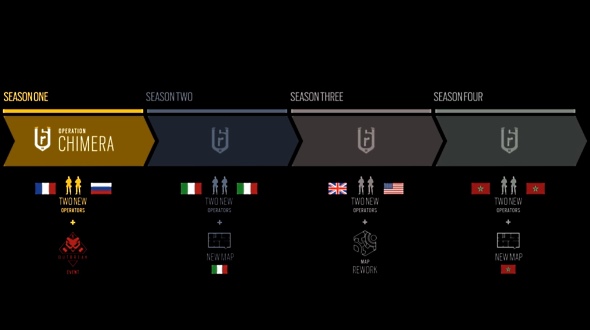
Xavier echoes Remy’s thoughts when saying, “We are missing one region, which is Africa, so let us see how the game will evolve and grow in terms of community in this new territory.”
While not a massive commitment from Ubisoft, it is a level of intent rarely exhibited by major publishers when discussing this region. If the addition of a Moroccan CTU has even a fraction of the impact Caveira and Capitão had for the Brazilian scene then Ubisoft would have good reason to invest in the region and become one of the first major publishers to properly support African esports.
Where do you want to see Rainbow Six Pro League go next? Drop us a comment below.
